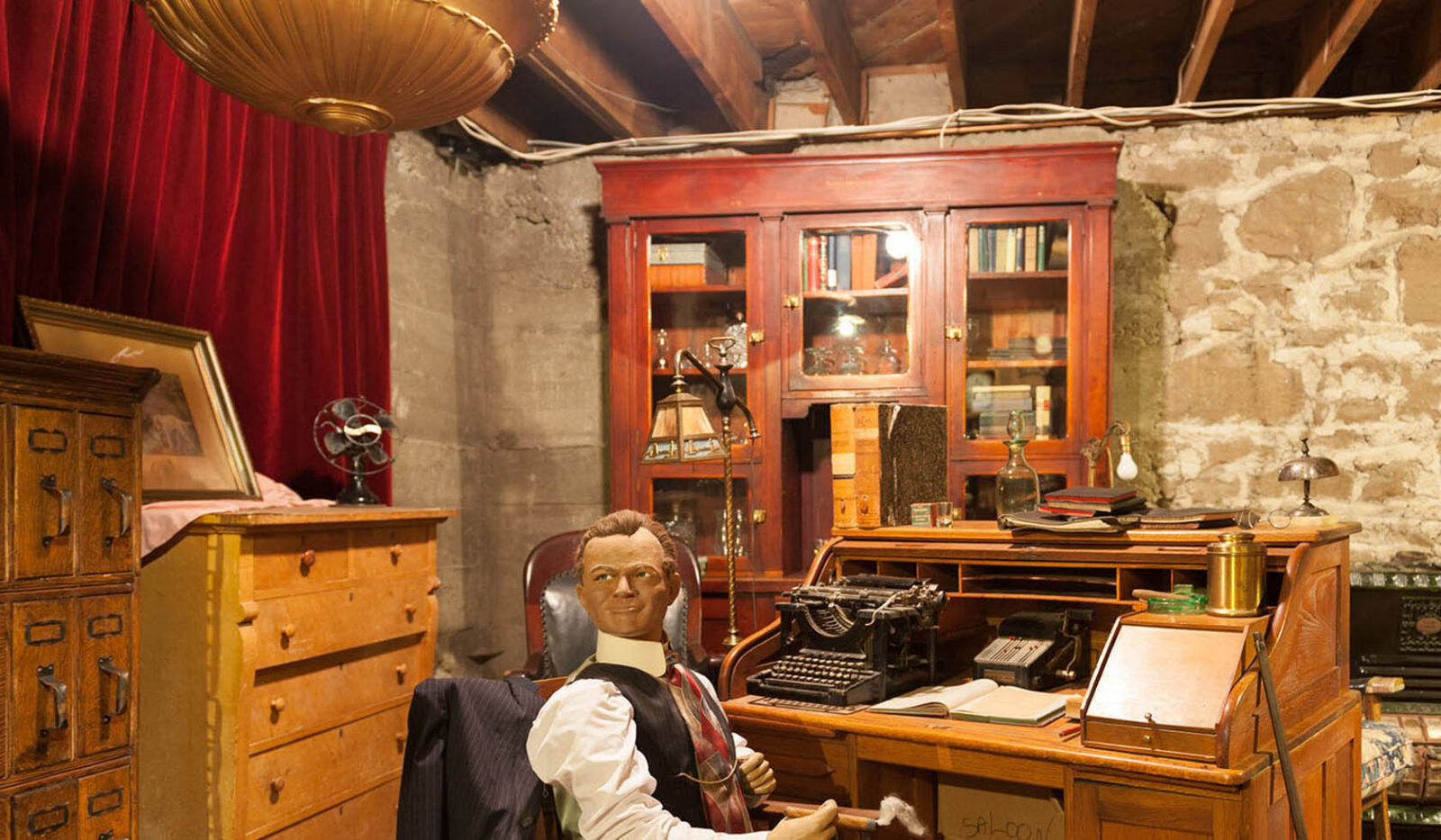On one side, a crooked saloon owner with a side business running brothels and opium dens. On the other side, a moralistic tycoon with rail car full of beautiful vegetables. Which one of them did more damage to a frontier town in Montana?
Featured image: A diorama of Shorty Young’s office in the tunnels under the streets of Havre. (Image source)
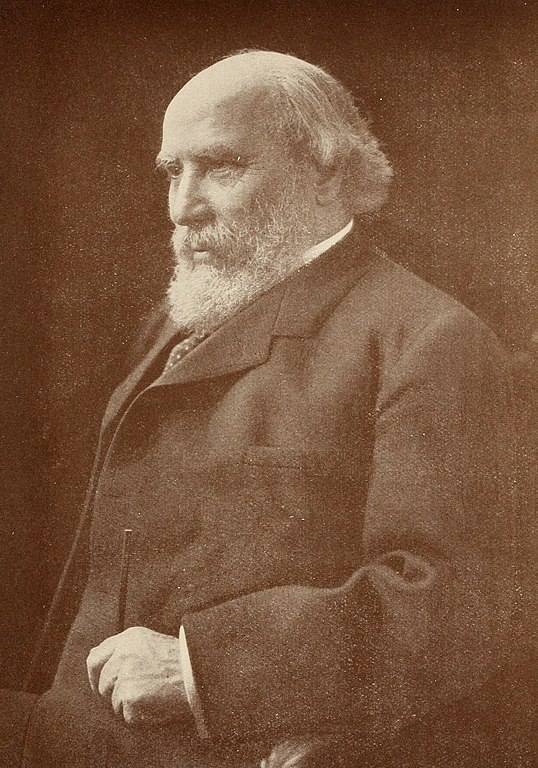
A portrait of James J. Hill. This actually comes from a book about dry land farming that refers to Hill as “The Empire-Builder of the West.” (Image source)
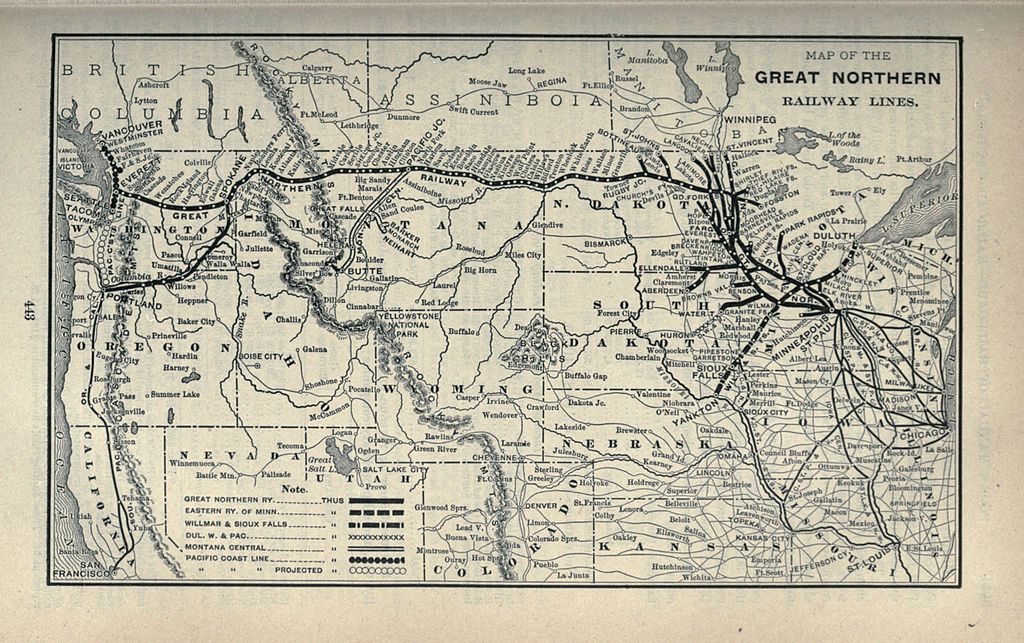
A mao of the Great Northern Railway company’s lines in 1897. (Image source)
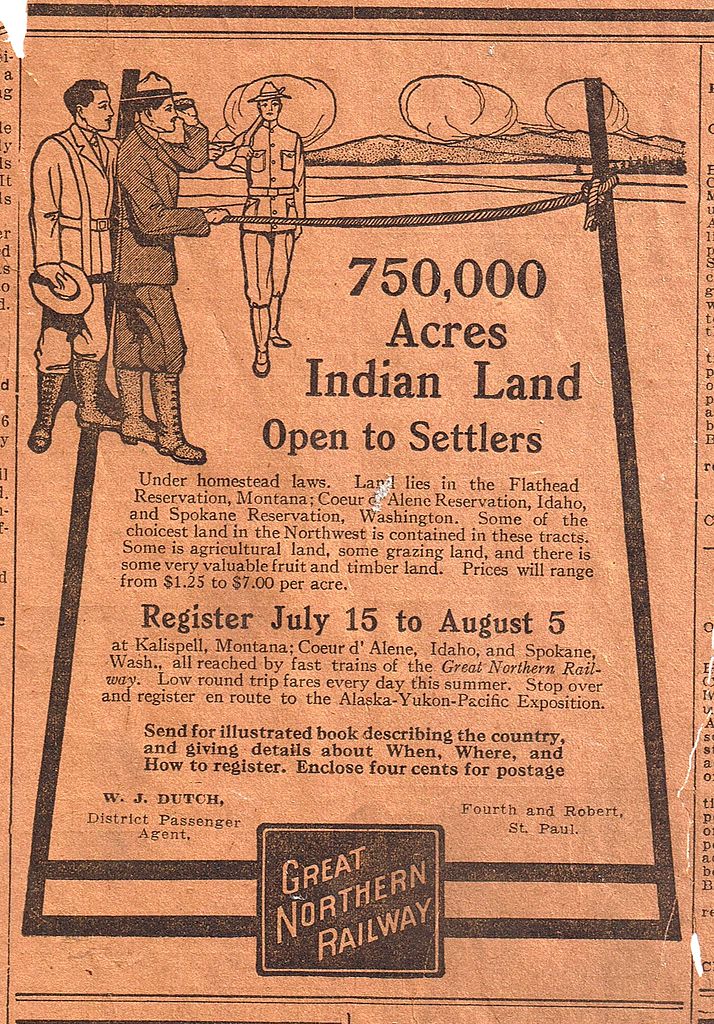
An advertisement from the Greta Northern Railway encouraging people to specifically use the homestead laws to buy land that should have been reserved for reservations. (Image source)
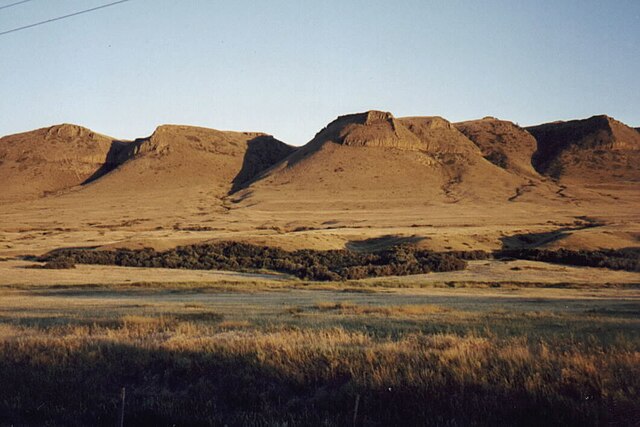
A photograph taken near Havre. While it’s a beautiful area of the world, it’s not the most forgiving farmland, especially when you consider that the Pacific Northwest’s plentiful rains, old-growth forests, and fertile volcanic soils are right on the other side of the Cascades. (Image source)
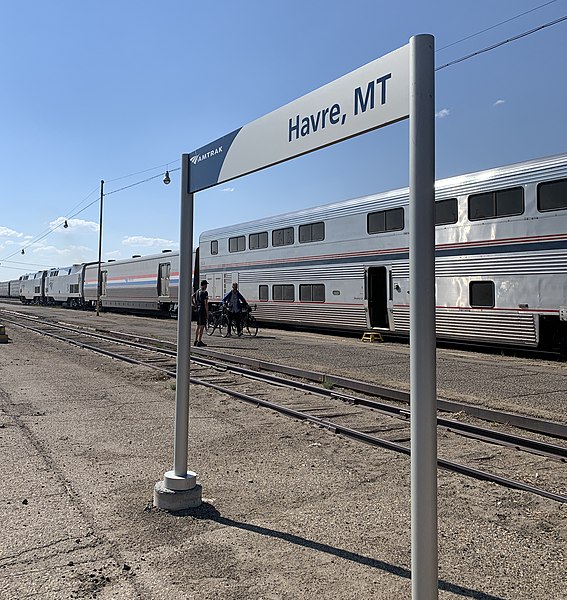
Havre, Montana still has an Amtrack stop today–and of course, it’s on the Empire Builder line. (Image source)
